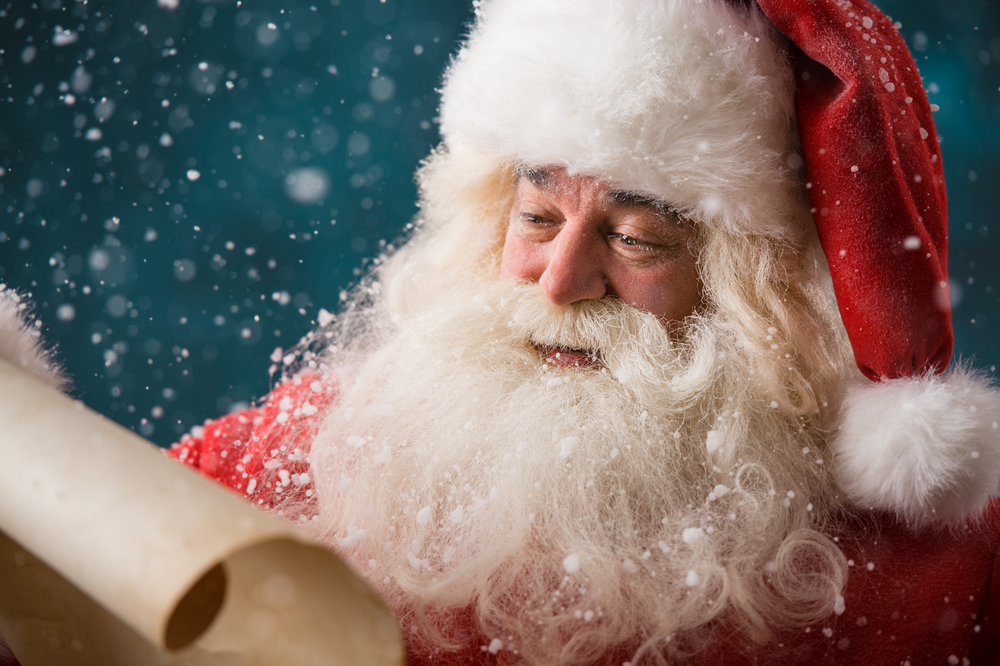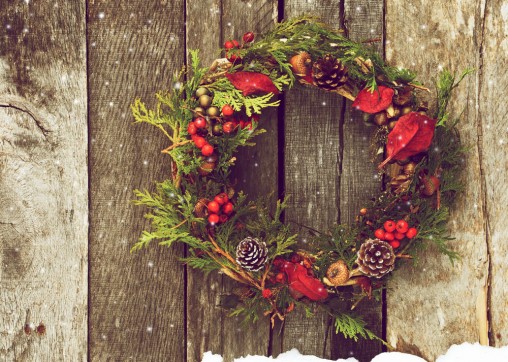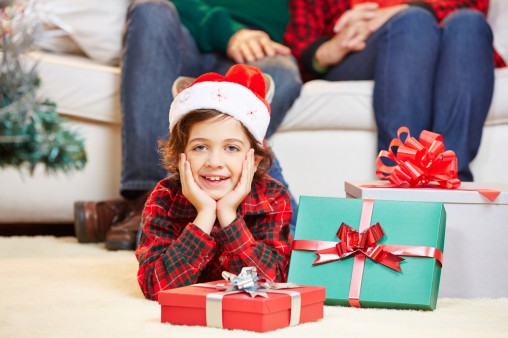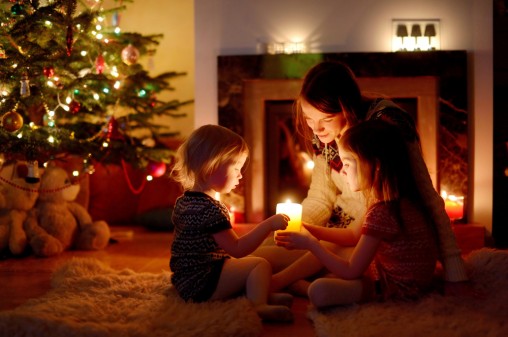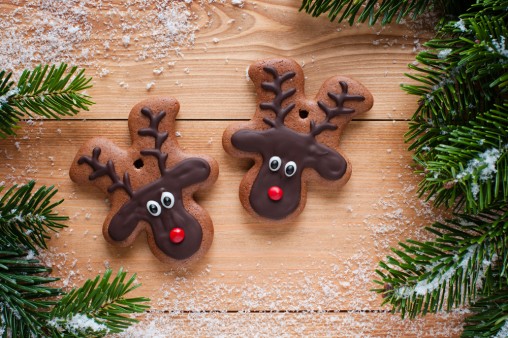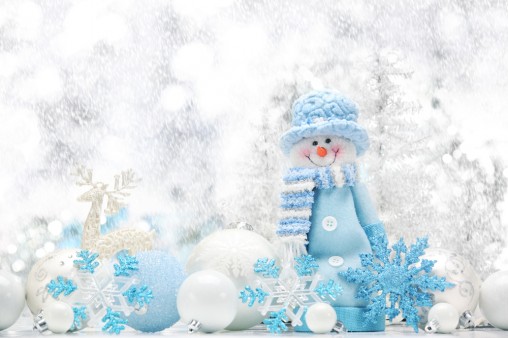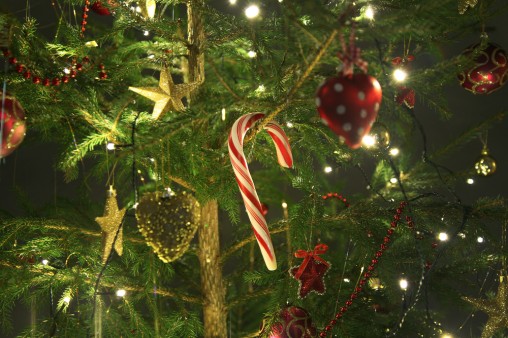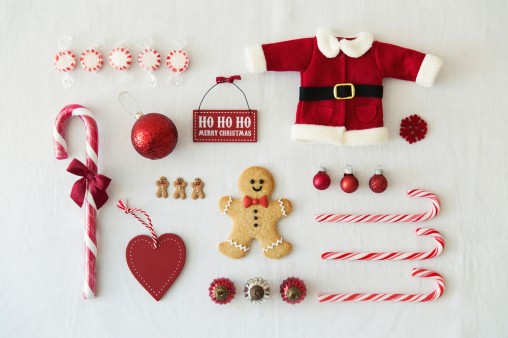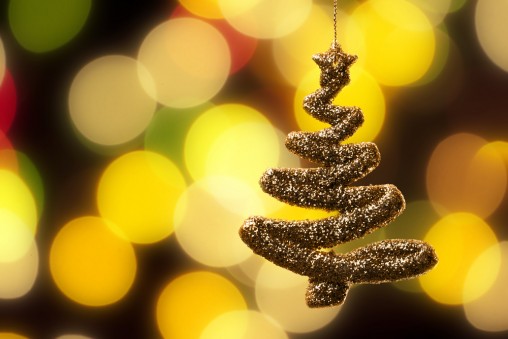No matter where you are, may your days be merry and bright this Christmas!
I admit, I am a total nerd; I love this holiday time of the year and every Christmas season I decorate my home in London with several Santa Claus figurines, reindeer, nativity scenes (I have purchased ones in Rwanda, Israel and Myanmar) and am always the first one in my London neighborhood to have my wreath on the front door. And I even have a pretty sign, hand decorated in lovely black calligraphy, hanging in my front window that says “Believe.”
I do believe in power of the holidays, that time of year where people are usually a little more cheerful and kind (except when fighting over the last on sale television in an appliance store), and all things seem just a bit more magical and peaceful. I am lucky because this year, for the first time, I get to officially celebrate Christmas twice. I say officially, because over the years I have celebrated Orthodox Christmas in London with Russian and Serbian friends, and this year I get to celebrate it with my husband’s family in Serbia. So I get to spend December 25 with my family and January 7 with his, which will be fun to double up on the holiday spirit.
In Serbia, we will go to mass, as many other Serbian Orthodox families do (likely at Kraljevo’s beautiful Zica Monastery where historically the kings of Serbia had their coronation ceremonies). Traditionally, on Christmas Eve, an oak log or branch (badnjak) is brought into the home by the senior man of the house and placed on the floor. Different families have different traditions with badnjak “” some pour wine over it and give a blessing while others have a whole ceremony of greeting each other, staying up late while the badnjak is burned and so on. Armfuls of straw are also placed on the floor to represent the manger in Bethlehem. Then, from what I understand, we break our fast and eat copious amounts of food.
In the US, where I grew up, while we don’t have traditions of straw and log branches, we do put out food for Santa Claus and his reindeer. As a child, I loved the idea of baking cookies for Santa, wondering which kind would be his favorite. I remember one year, one of the cookies was half-eaten; proof beyond doubt that the jolly man in red had been in the house. This year I will be in New York with my family, a city that especially comes alive at the holidays. From the huge Christmas tree at Rockefeller Center to the horse-drawn carriages dolled up with wreaths and decorations that cruise in and around Central Park, it’s impossible not to get into the spirit. While Christmas in many ways has become about consumerism in many Anglo-Saxon countries (take a gander at the Williams-Sonoma catalogue for example), for me, there is something comforting in hearing cheery and sentimental holiday songs being played in every place from Starbucks to Sears.
Once, I spent Christmas on a sheep ranch in New Zealand “” the first and last time I was not in the US on December 25th “” where we spent the morning out with the ranch sheep dog, watching as he rounded up the sheep and corralled them in the nearby fields. After a huge festive lunch, which included lamb, Christmas crackers (which are rolled up papers that have little treats inside, opened by snapping the cracker on both ends) and delicious cakes, we went for a long walk. This is a tradition in England, Scotland and Wales as well, where after a big holiday meal (after all the kids have opened their presents from Father Christmas), the family heads out for a long meander either in the countryside, through town, or in villages.
I have always wanted to go to Lapland in Finland around the holidays, because even though I know it’s cheesy, there is a whole tourism industry around the “Christmas Land.” In Finland, Santa is called Joulupukki, which means “Christmas Goat”, and refers to a legend from way back; during the holiday season, a rather scary goat asked people for presents (that developed later into the goat giving presents to people, which finally morphed into a Santa-like figure). Christmas Eve in Finland is even more important than Christmas day, where families have a traditional breakfast of plum fruit juice and rice porridge. The tree is then brought into the house “” after lots of bartering over the price with the salesman “” and decorated with lights and baubles.
In Poland, a place I have lived in and out for over a decade, the Christmas period is a major annual celebration. Poles bake gingerbread (piernik) decorations that come in a variety of shapes from figures of Saint Nicholas (Swiety Mikolaj) to animals and hearts. Swiety Mikolaj actually does not play a major role in Christmas, as he does in places like the US, UK and Australia, but is celebrated on his saint feast day instead, which is December 6th. As in many countries, Christmas Eve is a day of fasting, and the feast only begins after the sighting of the first star. Red meat is not served, but in almost every home carp plays a major role in the meal. Many families also practice the superstition that an even number of people must be at the table, with an empty place setting left for a lonely traveler in search of food. I’ve found a fun website called polishchristmasguide.com, which gives a fun interactive overview of how the festivities are celebrated across this mostly Catholic country.
In Argentina, a South American country with strong European roots, the preparations for Christmas start in early December, where houses are decorated, not only with lights, but also with flowers wreaths in colors including gold, red and green. Families often decorate their trees on December 8th (which is the feast of Immaculate Conception). Both fireworks and globos (paper balloons that are lit, and then let to float up into the atmosphere), play a major role in the celebrations for children and, unlike in North America and many Anglo-Saxon countries, children do not receive gifts on Christmas Eve or Christmas morning but on January 6th instead. The night before Three Kings Day (DÃa de Reyes), children leave their shoes outside the door of their homes, in hopes that when they wake up, they will be filled with presents. Children also leave hay and water for the horses of the Magi.
Meanwhile, like in Serbia and Russia, Christmas in Ethiopia is celebrated on January 7th. On Christmas morning (Ganna), families dress up in white and head to church. Everyone who attends the mass is given a candle and attendees walk around the church three times in a procession of light, and solemn reflection. That is, until the game of Ganna (named after the holiday) begins; it’s a fast-paced game that men play with sticks and balls that is not unsimilar to hockey. Twelve days after Ganna, on January 19th, Ethiopians begin the three-day celebration of Timkat, to commemorate the baptism of Jesus. Children are adorned with crowns and walk in a procession to church.
It’s fascinating to research all the different ways that Christians around the globe celebrate the Christmas season. But no matter where you are, whatever your beliefs or however you do (or don’t) celebrate, may your days be merry and bright, and a non-denominational prayer that 2015 will be peaceful and happy for all of us.

